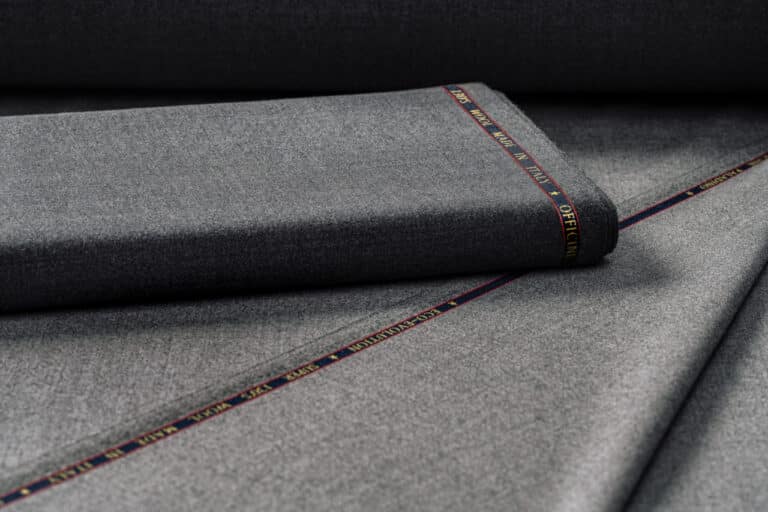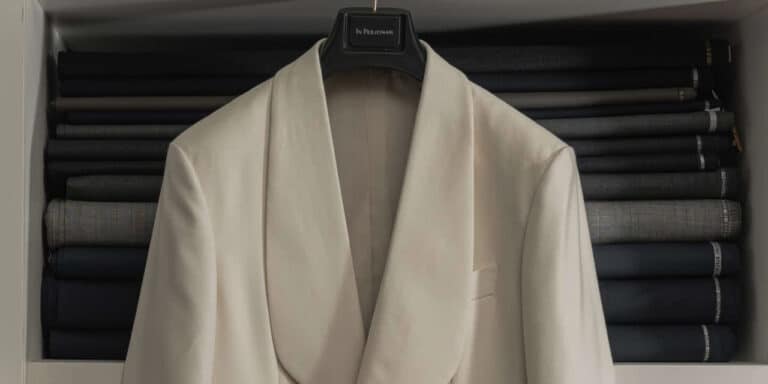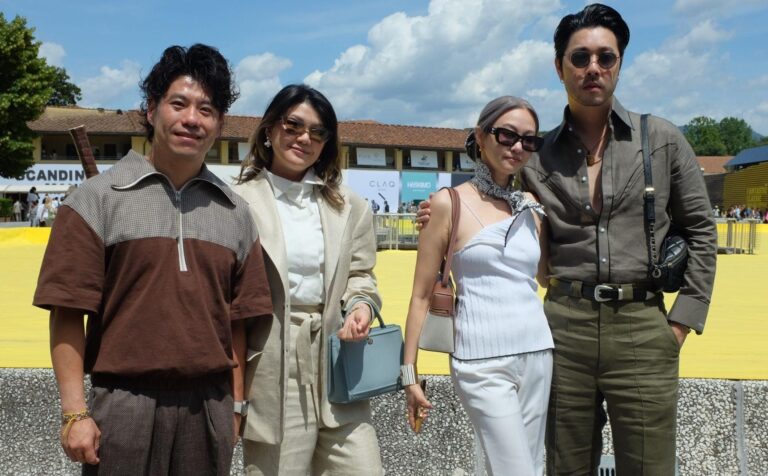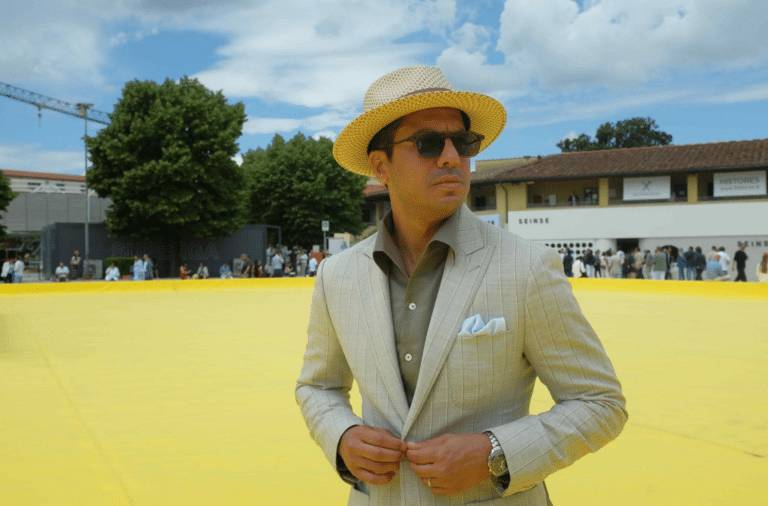Whether you’re 25 or 52, custom-making a suit can be a stressful experience. From the first moment you enter an atelier, you’re in an unfamiliar environment. Most people step into a tailor’s for a few times in their lifetime, but these days, tailors do much more than your standard two- or three-piece suit. To help you feel more comfortable in your next bespoke suit, here’s a Paladino primer to crafting your ideal look.
Start with the right fabric
Choosing the right-suiting fabric is crucial. Natural fabrics are what we prefer, both for comfort and quality as well as durability and sustainability. Our natural fabrics include high-performance qualities such as water and stain repellent fabrics, and crease resistance as well. Natural fabrics are also breathable and more comfortable against the skin, especially when worn for long periods.
For a warmer, more humid climate, you may be inclined to pick a linen or cotton fabric, but don’t discount the wools. It’s a common misconception that wool is not a breathable fabric, but in fact, it’s more porous compared with synthetic fabrics. Lighter weight wool with a looser weave, e.g. Hopsack, can be ideal for tropical and subtropical climates. For cooler weather, consider a heavier weight wool fabric, or a tighter weave, which will shield you from cold weather easily. Check out our lookbooks for more fabric details.

Style savant and suiting expert Fabio Attanasio, in a Sandcastle OP 1901 suit.
Single or double-breasted?
Apart from formality or style, there’s little these days to distinguish between single or double breasted (DB) suits. Whether you’re of a slim build or look like a HIIT warrior, both styles can suit you well in the hands of a skilled tailor. More importantly, the details such as lapels and button styles will define your look. If you’re considering a DB, peaked lapels are the norm; for a single row, a notch lapel is less formal everyday wear.
Buttons should always be working ones, whether they are on the sleeves or down the front of your jacket, and there are a multitude of ways to wear the DB jacket. But for a single row, remember this mantra: Never button the last one.
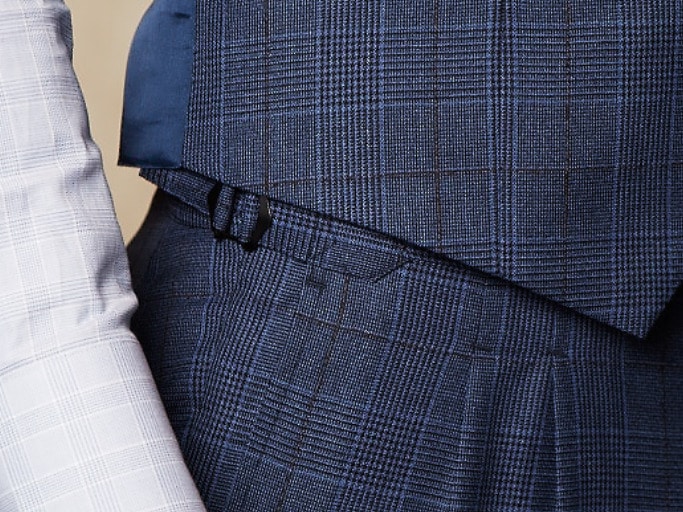
Side buckle designs or gurkha-style pants do away with the need for belt loops.
Should you turn it up?
Most people have no idea how they should tailor pants, and tend to leave it up to the tailor. How you style your pants in a suit can affect your look greatly. A high-waisted pant, like a peaked lapel, gives it a strong, formal presence. One that’s closer to your hip offers a more casual look. Both are just as popular these days. Consider a slightly tapered but straight leg, so it feels comfortable and well-fitted. How high the hem is depends on your style.
Turn-ups in the hem, as well as pleats, are another personal choice. When you have a pleated pant, you should have the hem turned up. Without pleats, it depends on how formal you want the pant to feel. With a DB suit, we generally recommend a turn-up. As for belt loops, consider a side buckle for waist adjustment instead, to keep the pant looking clean and sharp.
Don’t forget the arm-holes
Armholes, more than sleeve widths, determine the comfort of the suit when it comes to moving around. Whether you prefer a looser, boxier cut or a tapered fit that’s close to your body, armholes affect the structure of the shoulders and how you move. Make sure they are large enough that you can have full rotation. One trick is to raise your arms as much as possible during fitting, to see how tight the armhole is when you do so.
These are just a few small tips for those of you new to the tailoring business, on what you should watch out for. To ensure a great bespoke suiting experience, consider working with our tailoring partners. And if you’re not sure of a look or fabric type to choose from, check out our lookbooks, which are filled with tailoring suggestions as well as excellent suiting fabrics.
Next week, we’ll cover even more suiting know-how, from the basics of suit structures to the careful details you need to know.


